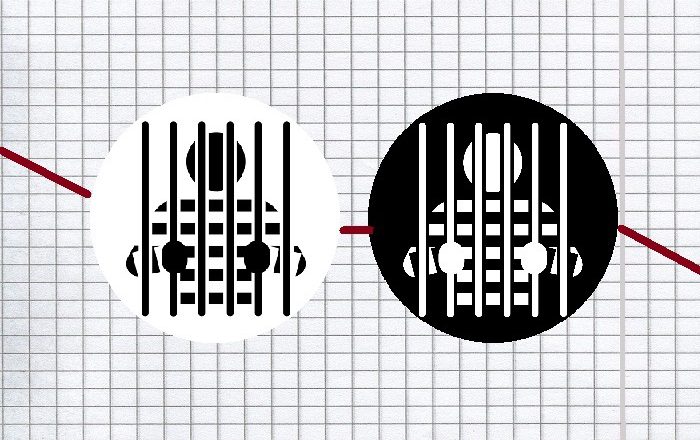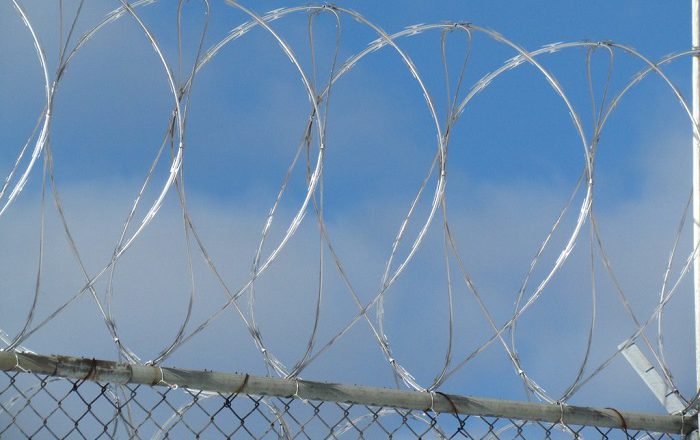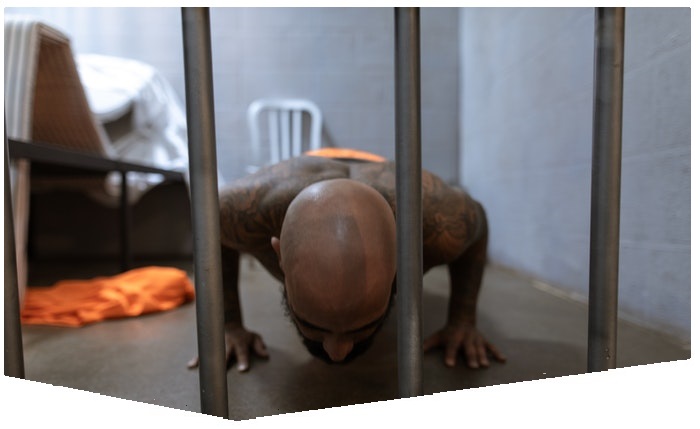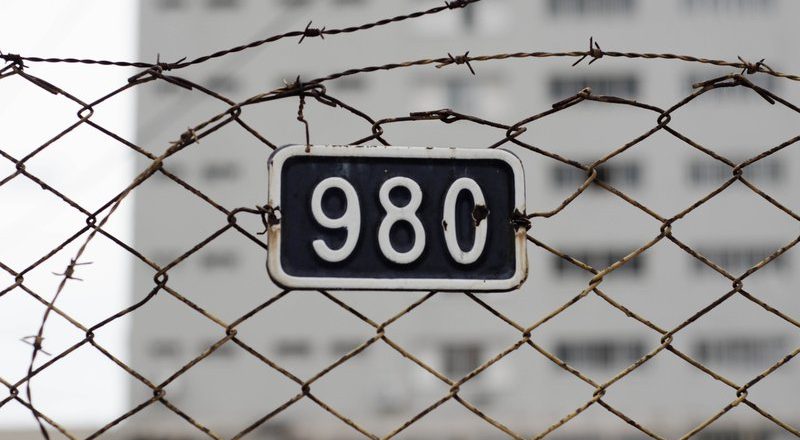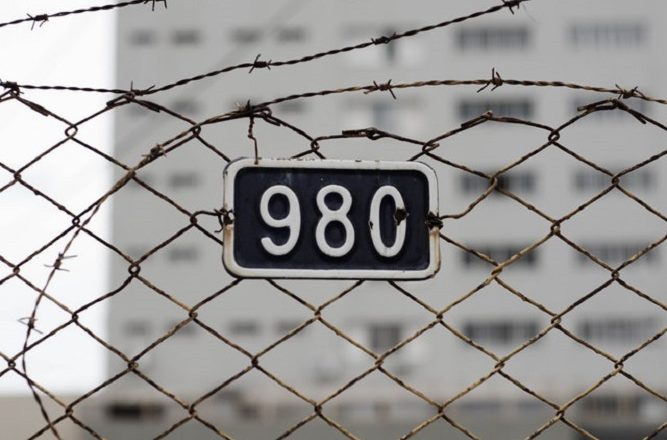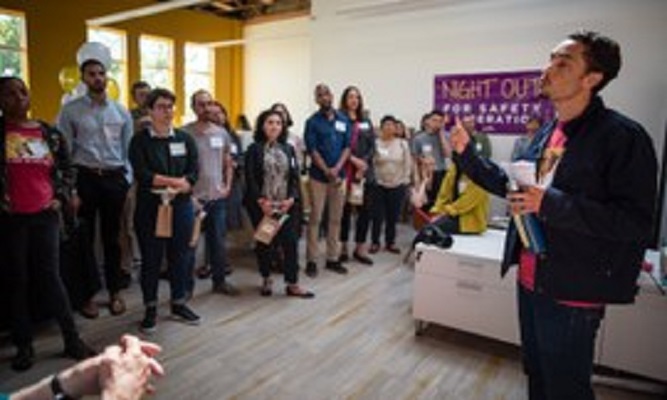Where Racial Disparities Are Shrinking Fast … In Prisons
A big decrease in the incarceration rate of Black adults may lead to parity in the near future.
By Tracy Matsue Loeffelholz
Tracy Matsue Loeffelholz is the former creative director at YES!, where she directed artistic and visual components of YES! Magazine, and drove branding across the organization for nearly 15 years. She specializes in infographic research and design, and currently works with The Nation, in addition to YES! She previously worked at The Seattle Times, The Virginian-Pilot, Scripps Howard Newspapers, Rocky Mountain News, The Denver Post, The Connecticut Post, The San Diego Tribune, The Honolulu Advertiser. She lives on Bainbridge Island, Washington, and currently serves on the board of the Bainbridge Island Japanese American Exclusion Memorial Associa...

